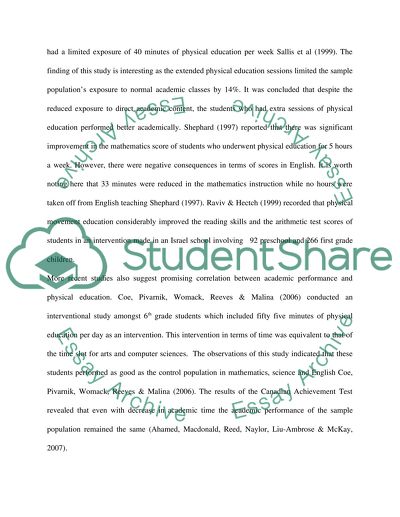Cite this document
(“Importance of Physical Education to student achievement Research Paper”, n.d.)
Retrieved from https://studentshare.org/education/1404192-importance-of-physical-education-to-student
Retrieved from https://studentshare.org/education/1404192-importance-of-physical-education-to-student
(Importance of Physical Education to Student Achievement Research Paper)
https://studentshare.org/education/1404192-importance-of-physical-education-to-student.
https://studentshare.org/education/1404192-importance-of-physical-education-to-student.
“Importance of Physical Education to Student Achievement Research Paper”, n.d. https://studentshare.org/education/1404192-importance-of-physical-education-to-student.


